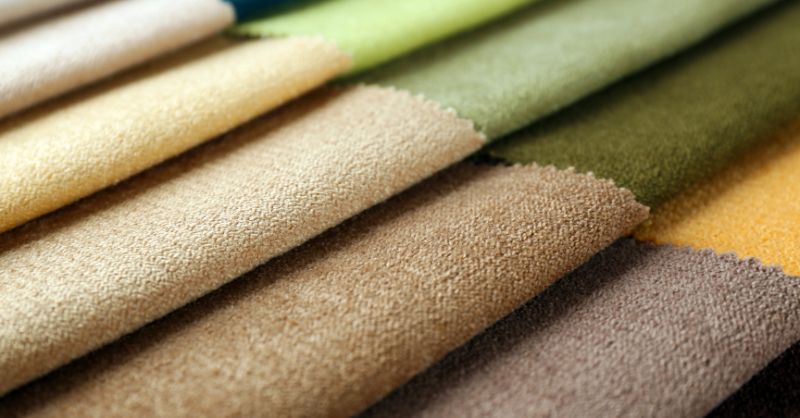Exploring the Fascinating World of Different Fabrics: Unveiling Specialty and Alternative Textiles
05 June, 2023

Fabrics play an essential role in our daily lives, from the clothes we wear to the upholstery in our homes. While we are familiar with traditional materials like cotton, silk, and wool, there is a whole world of unconventional and specialty fabrics waiting to be discovered. These alternative textiles offer unique qualities and present exciting possibilities for designers, businesses, and consumers alike. In this article, we delve into the realm of different fabrics, exploring their applications, benefits, and the evolving market trends.
One of the emerging trends in the textile industry is the use of unconventional fabrics. These materials challenge the status quo and introduce innovative options for various applications. For instance, pineapple leaf fibers, known as Piñatex, offer a sustainable alternative to leather. By utilizing the discarded leaves of pineapple plants, Piñatex provides a cruelty-free and eco-friendly choice for fashion accessories and upholstery.
Another remarkable fabric gaining attention is seaweed textile. Harvested from seaweed farms, this renewable resource presents a solution to the environmental impact caused by traditional textile production. Seaweed-based fabrics have antimicrobial properties, making them ideal for use in the healthcare industry, such as wound dressings and hospital linens.
Specialty fabrics have also made their mark, catering to specific needs and requirements. Take, for example, fire-resistant fabrics. These textiles are treated with special coatings or woven with inherently fire-resistant fibers, ensuring safety in environments where fire hazards exist. Fire-resistant fabrics find applications in industries such as firefighting, aerospace, and military, providing protection and peace of mind.
Additionally, conductive textiles have gained traction in recent years. By incorporating conductive materials like silver or copper into fabric structures, these textiles enable the creation of wearable technology and smart garments. Conductive fabrics have the potential to revolutionize healthcare, sports, and fashion industries, with applications ranging from monitoring vital signs to enhancing athletic performance.
Furthermore, antimicrobial fabrics have become increasingly relevant in light of global health concerns. These textiles are designed to inhibit the growth of bacteria and other microorganisms, promoting hygienic environments. Antimicrobial fabrics find applications in healthcare settings, food processing industries, and even in everyday products like bedding and clothing.
The market for different fabrics continues to evolve, driven by increasing demand for sustainable and innovative solutions. Designers, manufacturers, and retailers are recognizing the importance of offering eco-friendly options to conscientious consumers. As a result, there has been a surge in the availability of fabrics made from recycled materials, such as recycled polyester and regenerated fibers from post-consumer waste.
Moreover, the concept of circular economy has influenced the textile industry, paving the way for bio-based fabrics. These textiles are derived from renewable resources, such as bamboo, hemp, and soy. Bio-based fabrics possess excellent properties, including breathability, moisture-wicking, and durability. They are highly sought after by eco-conscious consumers who prioritize sustainable and biodegradable alternatives.
In addition to eco-friendly considerations, performance fabrics have gained prominence due to their exceptional attributes. Moisture-wicking fabrics, for example, are designed to draw perspiration away from the body, ensuring comfort during physical activities. These fabrics find applications in sportswear, outdoor gear, and athleisure, where moisture management is crucial.
As technology advances, the textile industry continues to explore new frontiers. Innovations such as 3D-printed fabrics are revolutionizing the way garments are created. By using specialized printers, intricate fabric structures can be produced, opening up possibilities for personalized and customized clothing.
The world of different fabrics offers a vast array of possibilities and solutions to cater to diverse needs and preferences. From unconventional materials like Piñatex and seaweed textile to specialty fabrics like fire-resistant and antimicrobial textiles, the industry is witnessing a transformation driven by sustainability, innovation, and performance. With an increasing emphasis on eco-friendly alternatives and advancements in technology, the textile market is poised for exciting developments that will shape the future of fashion, healthcare, and various other industries.
